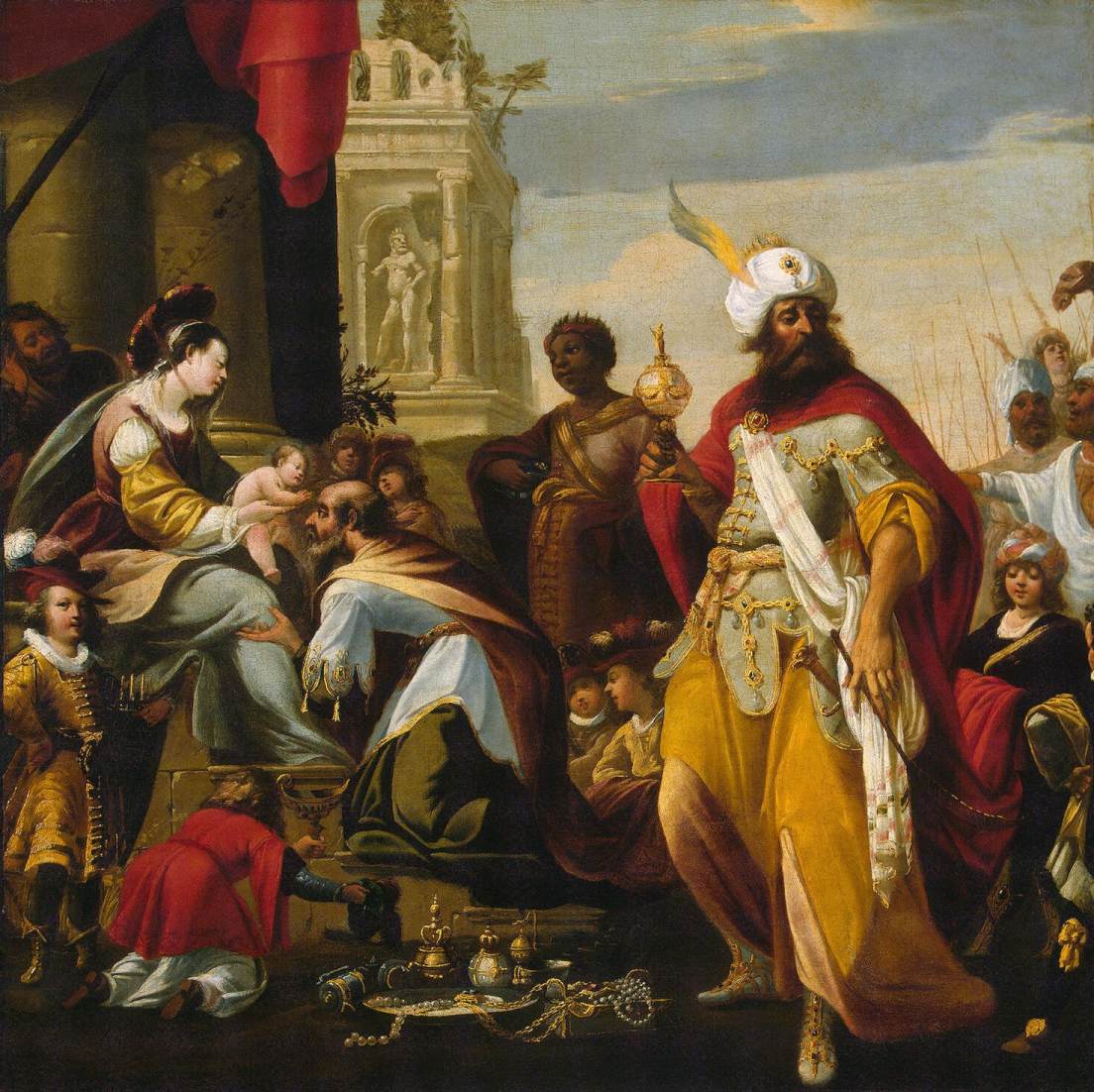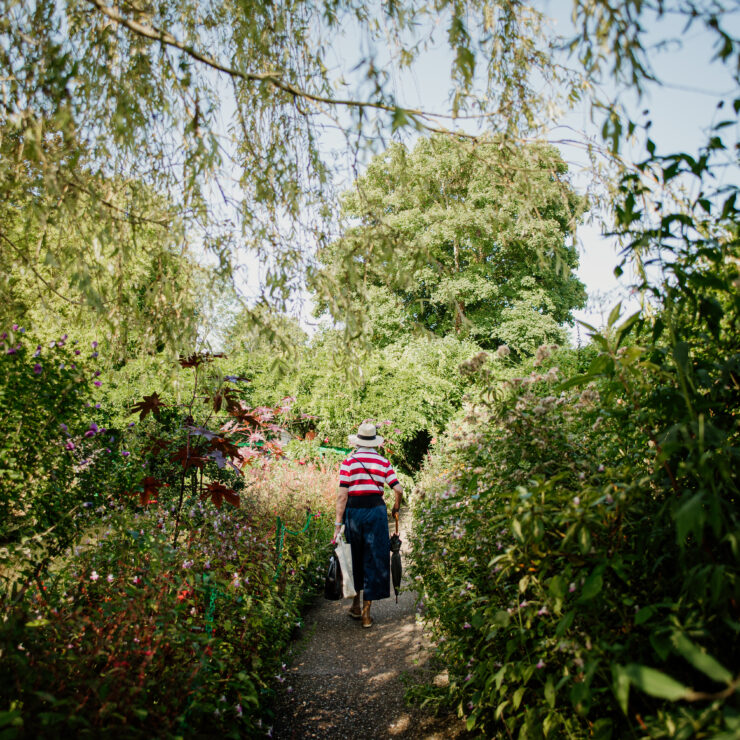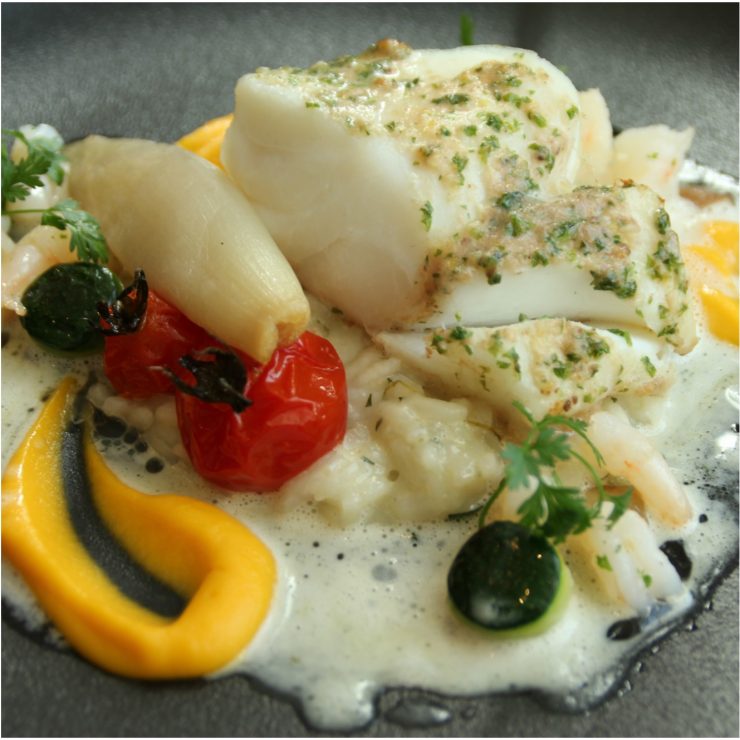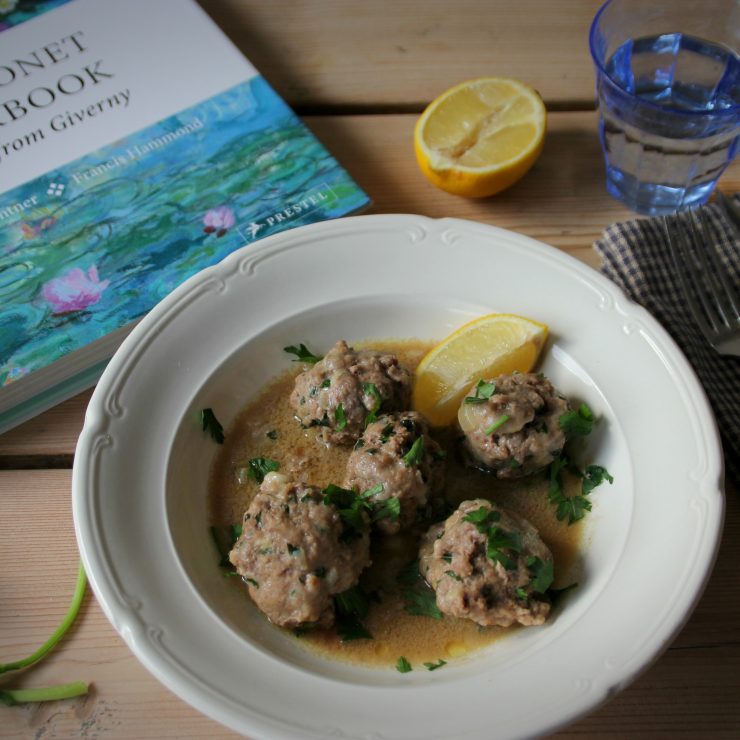Georges Lallemand’s L’Adoration des Mages, dating to approximately 1624, depicts the Feast of the Epiphany on January 6th.
THE PAINTING
In the typical theatrical Mannerist style, Lallemand’s rendering of the Christian feast captivates the viewer’s attention with slightly exaggerated and elongated figures. Bright shades of mustard yellow, carmine red and olive green are combined with soft tones of pale blue and rich golds. The Three Kings have come to worship the child Jesus and honor Him with gifts. As Matthew 2: 11 reads: “On entering the house, they saw the child with Mary his mother; and they knelt down and paid him homage. Then, opening their treasure chests, they offered him gifts of gold, frankincense, and myrrh. The feast day not only signifies the end of the Christmas season, but more importantly, the revelation of Christ to man.
The painting is housed at the State Hermitage Museum in St Petersburg.
THE ARTIST
Born in Nancy around 1575, Georges Lallemand moved to Paris at the age of twenty-one and was one of the most fashionable painters in the city during his time. He was also a printmaker, draftsman and teacher, and his studio was frequented by the likes of Poussin, Philippe de Champaigne and Claude Vignon. Lallemand was greatly influenced by German and Dutch Mannerism. The influence of Caravaggism, however, can also be detected in his oeuvre. Though there was no shortage of commissions, mostly religious and civil, few of the artist’s paintings survived. Thus, he has not been mentioned extensively by art historians. Lallemand spent his entire career in the French capital, where he died in 1636.




